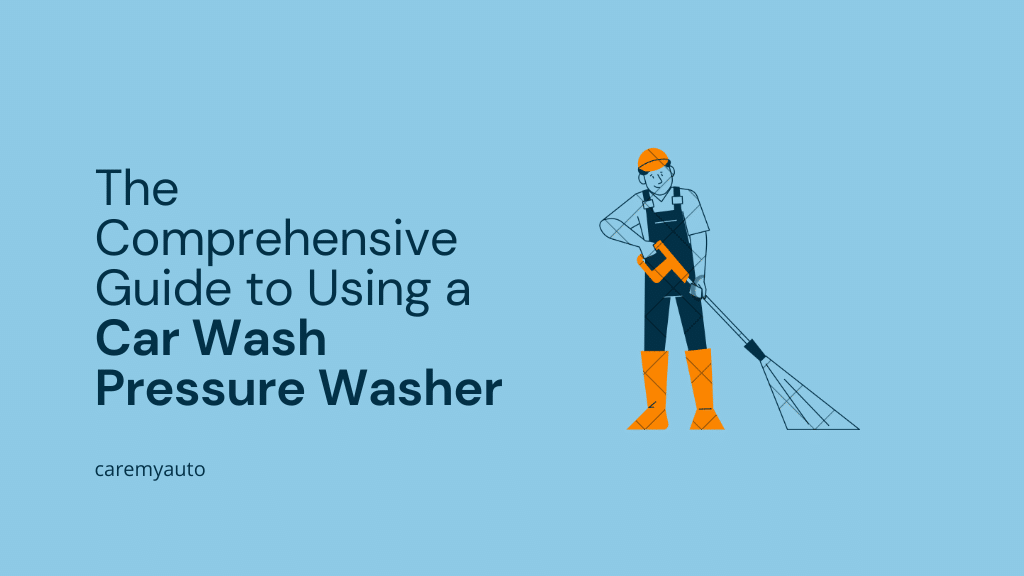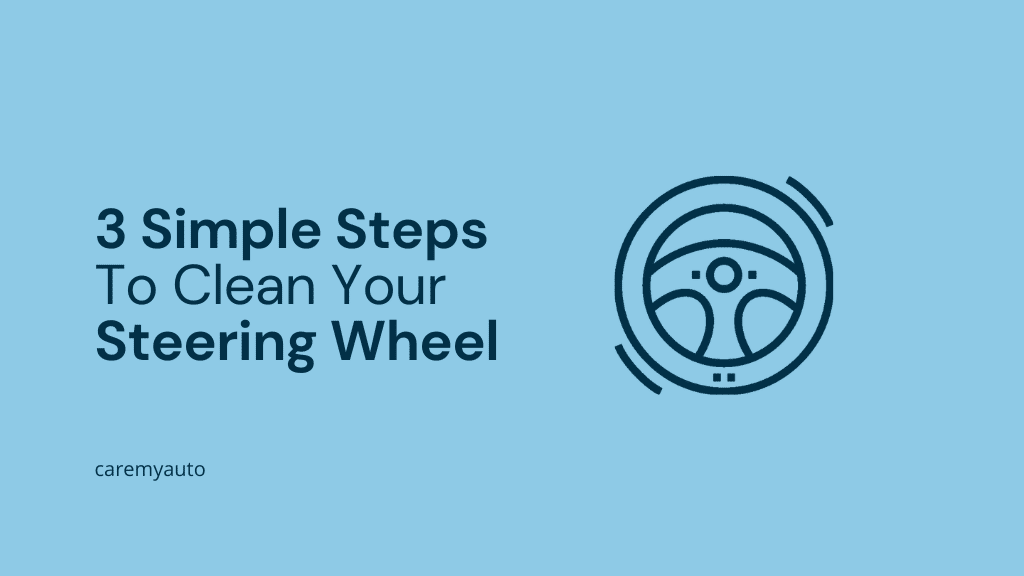Welcome to the ultimate guide to mastering the use of a car wash pressure washer. This article is crafted for both auto enthusiasts and everyday drivers who aspire for a spotless, well-maintained vehicle. Using a pressure washer for car wash is not just about saving time; it’s an art that balances power, precision, and protection. Let’s dive into the specifics of choosing, using, and maintaining your pressure washer for an optimal car washing experience.
Selecting the Right Pressure Washer
A good car wash starts with the right tool. When selecting a pressure washer, consider these key factors:
- Pressure Settings: The ideal PSI (Pounds per Square Inch) for car washing is between 1200 – 1900. This range is powerful enough to clean effectively without damaging your car’s paint.
- Water Flow: Look for a GPM (Gallons Per Minute) rate of 1.4 – 1.6. This ensures an efficient flow, enabling thorough rinsing without unnecessary water wastage.
- Nozzle Types: Pressure washers come with various nozzles. For cars, a 25-degree nozzle works well for wheels and tough dirt, while a 40-degree nozzle is best for general washing.
- Portability and Power Source: Consider whether a gas-powered or electric pressure washer suits your needs. Gas models offer more power and portability, while electric models are quieter and easier to maintain.
Preparation for Washing
Proper setup is crucial for a safe and efficient wash:
- Location: Choose an open area like a driveway or street. Ensure you’re away from sensitive objects or areas that shouldn’t get wet.
- Safety Checks: If using an electric washer, ensure it’s plugged into a safe outlet. Check all connections and hoses for leaks or wear.
- Car Preparation: Close all windows and doors. Remove any loose items from the exterior. Pre-soak heavily soiled areas.
The Washing Process
- Rinsing Your Car: Begin by gently rinsing the car from a distance, gradually moving closer. This removes loose dirt and debris, prepping the surface for soap.
- Applying Soap and Suds: For washers with a soap tank, fill it with a car-specific soap solution. If your model lacks a soap tank, apply soap using a sponge or cloth. Start from the top and work your way down, ensuring complete coverage.
- Scrubbing Time: Dip a microfiber wash mitt into a bucket of soapy water and gently scrub the car, section by section. Start from the top, working downwards, to prevent re-soiling cleaned areas.
- Final Rinse and Drying: Switch to a 40-degree nozzle for the final rinse. Work from top to bottom, ensuring all soap is washed off. Dry the car using a clean microfiber towel or a chamois to prevent water spots.
Dos and Don’ts of Pressure Washing
Follow these best practices to prevent damage:
- Do use the right pressure: Stick to around 1200 PSI for safety and efficiency.
- Don’t wash with sandals: Always wear closed-toe shoes for safety.
- Do keep the spray moving: Avoid spraying one area for too long to prevent paint damage.
- Don’t neglect the undercarriage: Clean the bottom of the car where dirt and grime accumulate.
Maintenance Tips for Your Pressure Washer
Extend the life of your pressure washer with these maintenance tips:
- Regular Cleaning: Clean the washer after each use, focusing on nozzles and hoses.
- Storage: Store in a clean, dry place. For gas models, ensure the fuel is stabilized if stored for long periods.
- Check for Wear: Regularly inspect your washer for signs of wear or damage, especially hoses and nozzles.
Conclusion
Using a car wash pressure washer can be a delightful experience that not only enhances your car’s appearance but also preserves its value. By following these guidelines, you can ensure a safe, effective, and enjoyable car washing process. Remember, the key to a successful pressure wash lies in understanding your tools and treating your car with the care it deserves. Happy washing!



